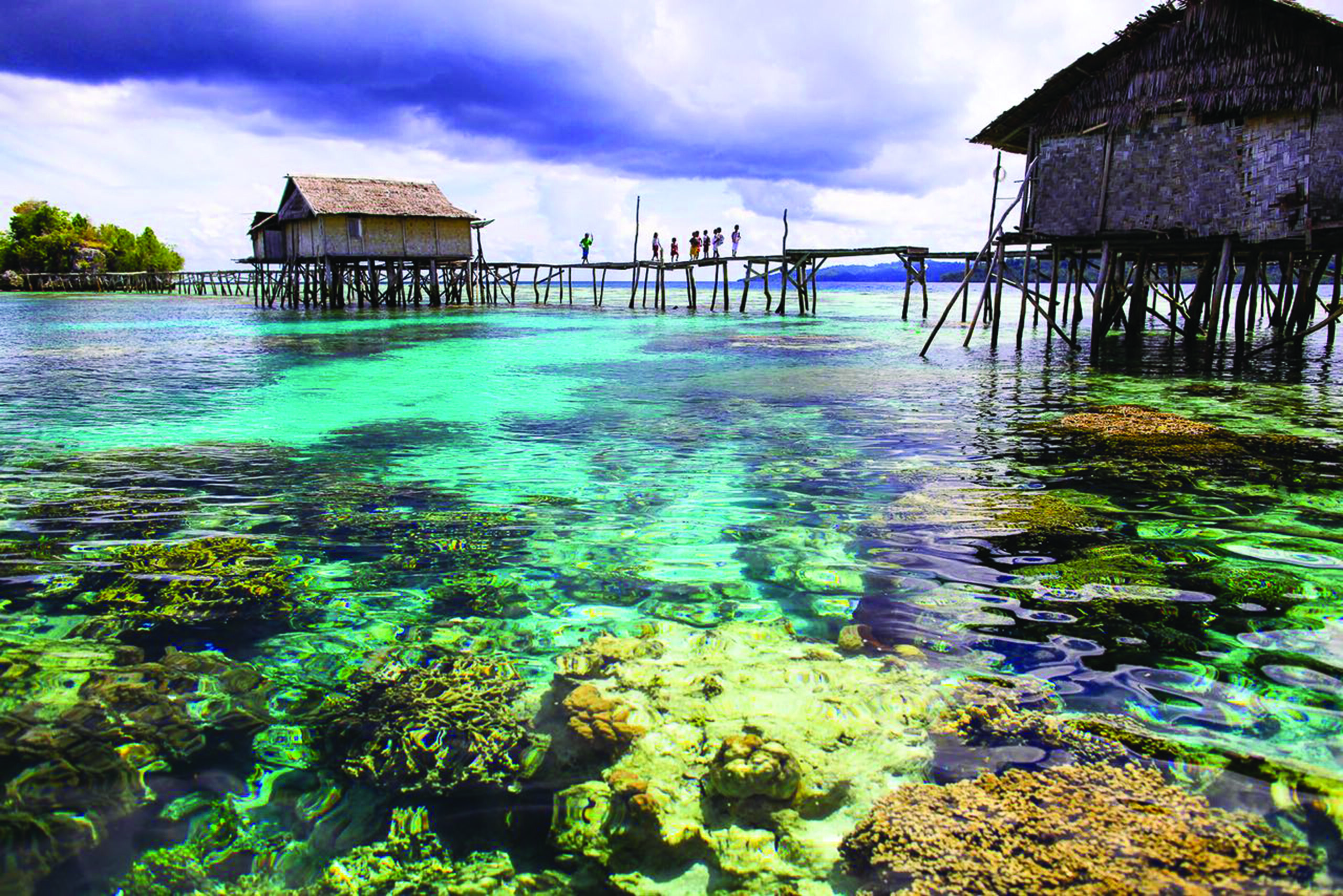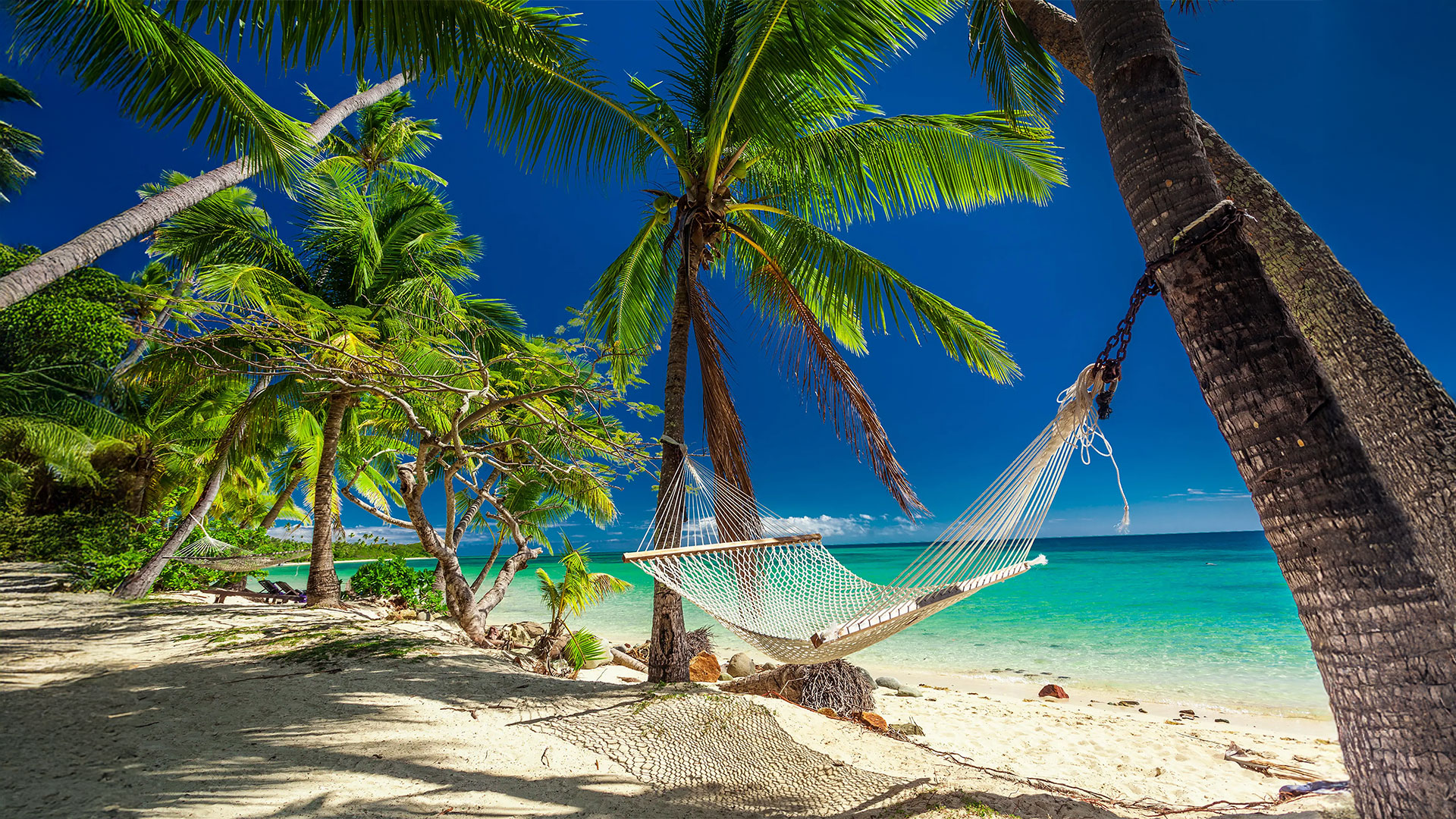
The Togean Islands- home to a host of exotic sea creatures

Set in the Pacific, just south of the equator and at the heart of the Gulf of Tomini, is one of Indonesia’s best kept secrets – the Togean islands. A collection of about 60 islands and 37 villages located adjacent to the larger island of Sulawesi, the Togeans are home to a rich diversity of marine and land-bound life.
In many ways, they are the perfect destination for those who crave the solitude of secluded beaches far away from the bustle of any city. Although not the easiest resort to access, its panoramic vistas alone justify that little extra effort – especially for those looking out over its gloriously white sandy beaches and its dense tropical foliage, pristine coral reefs and crystal clear waters.

Only accessible by boat, you first have to travel to Ampana, which takes you to the south, or Gorontalo, from where you can arrive at a more northern point. Essentially, the islands are divided into eight larger formations: Batudaka (the largest), Togean, Kadidiri, Talatakoh, Malenge, Walea Kodi, Waleabahi and Unauna.
Overall, the northwest of the island is the most heavily populated and is home to some seven different indigenous groups – the most well-known of which is the Bajo, whose nomadic lifestyle has seen them come to be known as the ‘sea gypsies’.
 As with its human inhabitants, the islands’ flora and fauna are again incredibly diverse. In fact, a number of endangered species, including hawksbills, dugongs and green sea turtles can all be found locally as well as the only known colony of the extremely rare coconut crab.
As with its human inhabitants, the islands’ flora and fauna are again incredibly diverse. In fact, a number of endangered species, including hawksbills, dugongs and green sea turtles can all be found locally as well as the only known colony of the extremely rare coconut crab.
The reefs around the islands are said to host more than 314 species of coral, 541 different types of molluscs and 819 varieties of tropical fish. In addition, the Tonkean Macaque is endemic to the island’s forests, while the Togian Hawk-owl and the Togian White-eye are just two of the incredibly rare bird species, tourists can expect to encounter.

Beyond birdwatching, there are also plenty of other activities on offer, with diving and snorkelling (courtesy of the many highly professional localscuba schools) among the most popular. The varied marine life and exquisite coral formations make diving and snorkelling particularly compelling, especially as there are just so many opportunities to see, such wonders as rays, reef sharks, barracudas and jackfish, as well as frogfish,seahorses, scorpion fishes and a variety of nudibranchs.

To make the experience even more memorable, try experiencing the waters alongside the native Bajo people, who, despite not using scuba gear, can dive to a depth of 15-20 meters or more. You can also swim down to the wreck of a World War II B24 bomber, which crashed near the island of Kadidiri. Moving further to the south, around the coast of the island of Taupan, there is also the chance to explore three different kinds of reef – fringing, atoll and barrier.

Each island is also home to several resorts dedicated to ecotourism, as well as a number of family-run guesthouses offering full board packages, which ensure both a comfortable stay and a bountiful supply of delicious local food. In most cases, freshly caught seafood is in plentiful supply, while many local dishes tend to have sago as their signature ingredient, which can come toasted, boiled, rolled into balls or used in soups. It even puts in an appearance at dessert time when it is fetchingly paired with coconut flakes.

Among the most popular resorts with many tourists are, understandably, those with the nicest beaches, best sea views and most comfortable rooms. Ticking all three of these boxes are both the Black Marlin Dive Resort and the Kadidiri Paradise over on Kadidiri island.
For its part, Unauna island boasts the Pristine Paradise Dive Resort and Sanctum Dive Resort, both of which are close to the popular Jack Point and Menara dive sites. Topping the must-visit list over on Togean Island, meanwhile, are the Fadhila Cottages and Bolilanga Resort, with this particular location also rightly famous for its pristine blue jellyfish lake and the stunning reefs ringing the Carina beach.

Interestingly, the island’s lake is all but unique in giving swimmers the chance to safely paddle past blooms of jellyfish. This is because, unlike most other species, the local variant has never been known to sting, largely as it has no predators to contend with and has evolved out of the need to defend itself. As a result, it is safe to take a swim while these radiant little creatures dance around you in groups.

Another of the most beautiful of these beguiling outcroppings is Unauna, a volcanic island with striking black beaches and emerald waters. It is a great option for hikers, who will undoubtedly find the jungle trail to the volcano peak simply exhilarating.
The service of a local guide is recommended, should you wish to take the five-six hour trek to the top, where those feeling particularly bold can swim in the crater, while carefully listening out for any hint of resumed volcanic activity. Although having a population of less than 300, the island’s three villages – Kololio, Tanjun Pude and Unauna – still offer enough hospitality options to suit the needs and wallets of most visitors. For those more enamoured by picturesque beaches than dormant lava promontories, the Togean Islands, again, don’t disappoint, with Sunset Beach, Ale Beach, Sera Beach and Lea Beach all coming particularly recommended.
For those more enamoured by picturesque beaches than dormant lava promontories, the Togean Islands, again, don’t disappoint, with Sunset Beach, Ale Beach, Sera Beach and Lea Beach all coming particularly recommended.
All offer tempting hammocks, lively daytime activities, nightly bonfires and artful musical performances. You’d be hard pushed to find finer locales when it comes to stargazing, carousing or simply losing yourself in the transcendent beauty of it all in the company of that someone special in your life.

The Togeans are just about ideal for those looking to retreat, digitally detox and reconnect with the natural world. While their tropical climate ensures there really is no bad time to visit, a trip from March to December pretty much guarantees the optimum experience and widest range of diving opportunities. Take the chance soon; this enchanting island chain won’t stay unspoiled forever.
Text: Zaira Abbas







